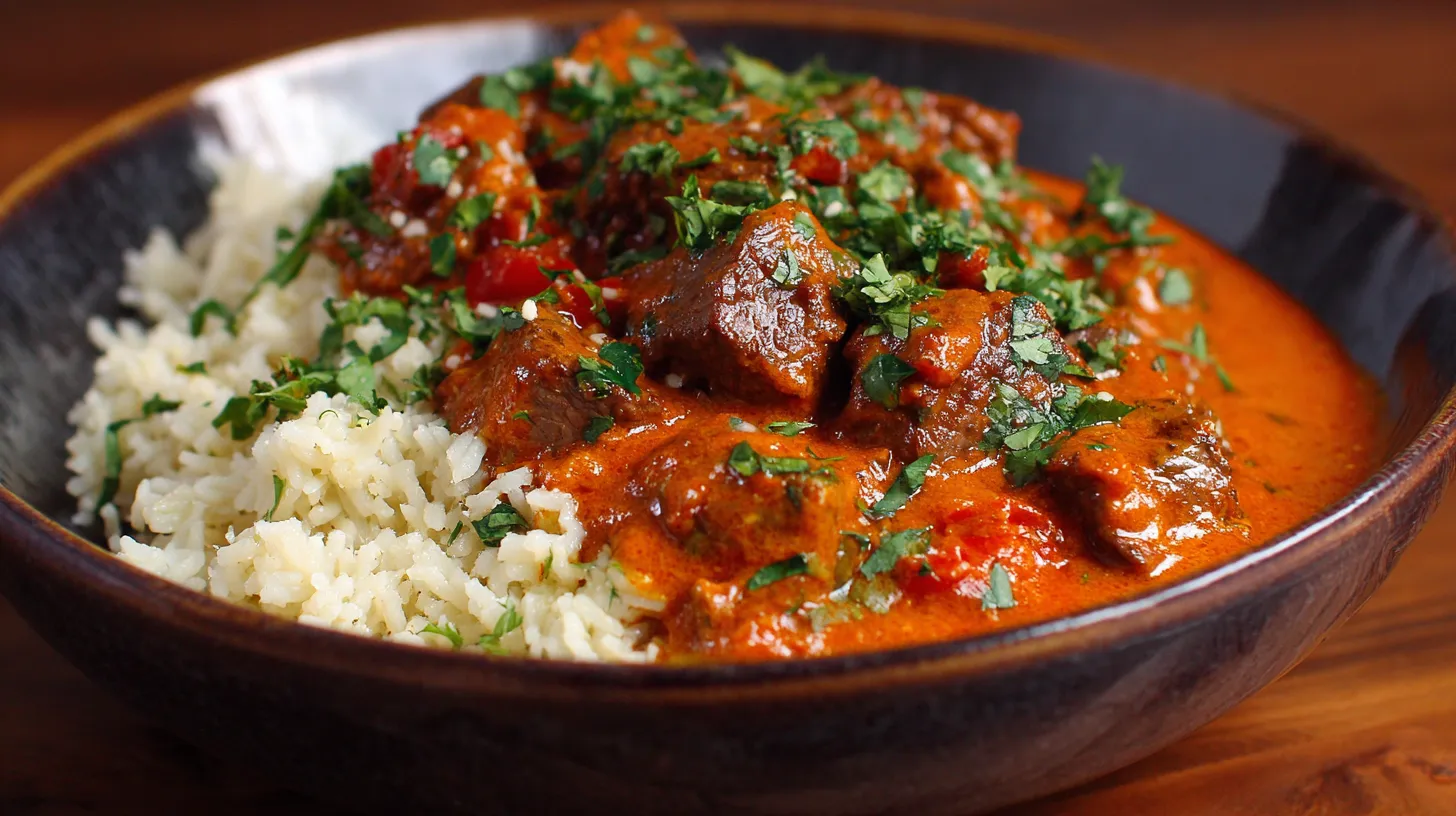Milk brioche, a luxurious and rich bread, is a staple in the world of fine baking. Known for its delicate, fluffy texture and slightly sweet flavor, milk brioche stands out as a versatile and beloved bread.
Introduction to Milk Brioche
Milk brioche, a staple of French cuisine, elegantly bridges the gap between pastry and bread. This delectable treat is recognized for its luxurious texture and rich, buttery taste, distinguishing it from more traditional bread varieties.
Premium Ingredients: The Key to Richness
The secret to its exceptional quality lies in the use of premium ingredients. High-quality butter imparts a velvety, melt-in-your-mouth texture, while fresh eggs contribute to its golden hue and tender crumb. The addition of milk not only enhances the brioche’s richness but also ensures a soft, pillowy consistency that sets it apart.
The Perfect Ingredients
- High-quality dairy: The flavor of your milk brioche heavily depends on the quality of butter and milk used. Brands like Kerrygold, Plugra, and Vermont Creamery are recommended for their rich flavors.
- Fresh yeast: Ensuring your yeast is not past its expiration date is crucial for the perfect rise.
For more insights into the world of brioche and its variations, explore Brioche, where you’ll find a wealth of information on this beloved bread.
The Baking Process
1. Creating the Sponge: This initial stage is crucial in developing the flavor and structure of the brioche. The sponge, a blend of milk, yeast, egg, and flour, acts as the foundational element of your dough. Warm milk activates the yeast, ensuring it begins to ferment and leaven the dough. The eggs, rich in fats, contribute to the dough’s richness, while the flour begins the gluten development process. This sponge needs to rest for a set period, during which the yeast starts its work, leading to a bubbly and slightly risen mixture. This process sets the stage for a dough with the perfect balance of texture and taste.
2. Kneading: Kneading is a critical step in the making of brioche. It involves working the dough extensively to develop gluten, which gives the bread its structure and elasticity. While this can be done by hand, using a stand mixer with a dough hook attachment is highly recommended for efficiency and consistency. During this process, ingredients like sugar, salt, and an ample amount of butter are gradually incorporated. The butter, in particular, must be added slowly to ensure it’s fully integrated into the dough. This step is labor-intensive and time-consuming but essential for achieving the characteristic light, airy texture of the brioche.
3. Rising: The rising process for brioche dough is twofold. First, it needs to rise at room temperature. This initial rise, often lasting a couple of hours, allows the dough to nearly double in size. It’s a critical phase where the flavors start to develop, and the gluten structure continues to strengthen. After this, the dough undergoes a crucial refrigeration period, typically overnight. Chilling the dough not only further develops the flavor but also firms up the butter, making the dough easier to shape and handle. This extended, cold fermentation is key to achieving the delicate, tender crumb and rich flavor characteristic of high-quality milk brioche.
Shaping and Baking
Once your milk brioche dough has completed its initial rise and refrigeration, it’s time to shape it for baking. This is a crucial step in achieving that perfect brioche texture.
- Dividing the Dough: Begin by gently turning the dough out onto a lightly floured surface. Using a sharp knife or a dough scraper, divide the dough into equal sections. The size and number of sections will depend on whether you are making loaves or individual rolls. For loaves, typically, the dough is divided into three sections.
- Shaping the Dough: Take each section and divide it further into smaller pieces if you are making rolls. Shape each piece into a smooth ball by tucking the edges under and rolling it gently against the work surface. For loaves, you might shape each section into a log or a series of balls placed next to each other in the loaf pan.
Final Rise
- Letting the Dough Rise: Place the shaped dough into greased baking pans or on a baking sheet lined with parchment paper. Cover them loosely with a clean kitchen towel. Allow the dough to rise in a warm, draft-free area until it has nearly doubled in size. This final rise is crucial for that light, airy texture characteristic of milk brioche.
Baking the Brioche
- Preheating the Oven: Preheat your oven to the recommended temperature. A properly heated oven is key to achieving a golden-brown crust and fully cooked interior.
- Baking Time: Place the pans or baking sheet in the oven. Bake the brioche until it turns a rich golden brown. The exact time will depend on your oven and the size of your loaves or rolls. It’s generally around 20-30 minutes for rolls and 30-40 minutes for loaves.
- Preventing Overbrowning: Keep an eye on the brioche as it bakes. If you notice the top getting too brown before the baking time is up, loosely cover the top with aluminum foil. This will prevent the crust from burning while allowing the inside to continue cooking.
- Testing for Doneness: The best way to check if the brioche is done is to use an instant-read thermometer. The internal temperature should reach around 190°F (88°C). Alternatively, tap the bottom of the loaf; it should sound hollow.
Cooling and Serving
- Cooling: Once baked, remove the brioche from the oven and let it cool in the pan for a few minutes. Then, transfer it to a wire rack to cool completely. This step is crucial as it stops the cooking process and helps the structure of the bread to set.
- Serving: Milk brioche can be enjoyed in various ways – sliced and buttered, used as a base for French toast, or simply torn and eaten plain, savoring its buttery, tender crumb.
Remember, the beauty of milk brioche lies in its simplicity and the delightful texture that comes from patient fermentation and careful baking. Enjoy the process as much as the product!

Serving and Storage
Milk brioche, known for its rich, tender crumb and buttery flavor, is a versatile bread that can be savored in various forms. Whether you prefer it as individual rolls or sliced from a loaf, this brioche offers a delightful experience. Its soft texture and subtle sweetness make it an excellent choice for both sweet and savory pairings.
- As Rolls: Milk brioche rolls are perfect for breakfast or as a side dish. They can be served warm, straight from the oven, or at room temperature. These rolls are a great accompaniment to soups and salads or can be enjoyed with a spread of jam or butter for a simple treat.
- Sliced from a Loaf: Slicing the brioche loaf offers more versatility. It can be used for making luxurious French toast, as a base for various sandwiches, or simply toasted with a spread of your choice. The slices also work wonderfully for bread pudding or as a base for canapés in appetizers.
Pairing Ideas
Milk brioche’s subtle sweetness and rich texture make it an excellent companion to a variety of dishes:
- With Breakfast: Pair it with eggs, bacon, or smoked salmon for a hearty breakfast.
- As a Dessert Base: Use it in desserts like trifles or layered with custards and fruits.
- For Snacking: Enjoy it with cheeses, fruit preserves, or simply a dab of butter.
Storage Tips
Proper storage is key to maintaining the freshness and flavor of milk brioche:
- Room Temperature: Keep the brioche in an airtight container or wrapped in plastic wrap at room temperature for up to 2 days. This method is best if you plan to consume it quickly.
- Refrigeration: For a slightly longer shelf life, you can store the brioche in the refrigerator, wrapped tightly to prevent it from drying out. It can last up to a week when refrigerated.
- Freezing for Longevity: Milk brioche freezes exceptionally well. Wrap it tightly in plastic wrap and then in aluminum foil or place it in a freezer-safe bag. It can be stored in the freezer for up to 2 months. To thaw, leave it at room temperature or overnight in the refrigerator.
Reheating
To revive the freshness of milk brioche, you can warm it in the oven. Preheat your oven to 350°F (175°C) and heat the brioche for about 5-10 minutes or until it’s warmed through. This method helps to restore its soft texture and enhances its buttery flavor.
FAQs
How Long Can You Store Milk Brioche?
- Room Temperature: Milk brioche can be stored at room temperature for up to 2 days. Ensure it’s kept in an airtight container or wrapped in plastic wrap to maintain its moisture and prevent it from drying out.
- Refrigeration: If you need to store it for a longer period, the fridge is a good option. Properly wrapped, milk brioche can last for up to 2 weeks in the refrigerator. This method helps in preserving its freshness and preventing mold.
- Freezing: For long-term storage, freezing is the best option. Wrap the brioche tightly in plastic wrap and then in aluminum foil, or place it in a freezer-safe bag. It can be stored in the freezer for up to 2 months. When you’re ready to eat it, thaw it at room temperature or overnight in the refrigerator.
Can You Make Milk Brioche Without a Stand Mixer?
- Using a Stand Mixer: A stand mixer is highly recommended for making milk brioche. The dough for brioche is quite sticky and requires extensive kneading to develop the right texture. A stand mixer with a dough hook attachment can handle this task efficiently, ensuring that the ingredients are thoroughly and consistently mixed.
- By Hand: It is possible to make milk brioche without a stand mixer, but it requires more effort and time. Kneading by hand can be quite a workout due to the dough’s sticky nature. If you choose to do it by hand, be prepared for a longer and more labor-intensive process. Ensure that you knead the dough until it’s smooth and elastic, which is crucial for developing the right texture.
- Food Processor Alternative: Another alternative is to use a food processor with a dough blade. While not as effective as a stand mixer, it can still provide a more manageable process than hand-kneading.
Tips for Successful Milk Brioche Without a Mixer
- Patience is Key: When kneading by hand, be patient. It might take longer than using a mixer, but the end result can still be a delicious brioche.
- Flour Your Surface Well: Due to the sticky nature of the dough, ensure your working surface and hands are well-floured to prevent sticking.
- Consistency: Aim for a smooth, elastic dough. This might take up to 20-30 minutes of hand kneading.
Creative Variations
- Milk Brioche Rolls: For a delightful twist, try making milk brioche rolls. These can be perfect for breakfast or as a side dish. Learn more about this variation with our Milk Brioche Rolls Recipe.
- Brioche Buns: Ideal for burgers or sandwiches, shaping your dough into buns can add a gourmet touch to your meals.
Pairing with Other Recipes
Complementing Dishes with Milk Brioche
Milk brioche, with its soft texture and rich flavor, is not only delightful on its own but also serves as a versatile component in various recipes:
- Bread Pudding: Transform your milk brioche into a luxurious bread pudding. The buttery richness of the brioche adds a depth of flavor and a tender, custard-like texture to the pudding.
- French Toast: Elevate your French toast by using slices of milk brioche. Its ability to soak up the egg mixture without falling apart makes it an ideal choice, resulting in a decadent and fluffy French toast.
- Sandwiches and Canapés: The soft yet sturdy texture of milk brioche makes it perfect for sandwiches. Whether it’s a classic chicken salad sandwich or elegant canapés, brioche adds a gourmet touch.
Exploring Other Baking Adventures
For those who love baking, why not try another classic recipe? Our Classic Chocolate Chip Cookies Guide offers a step-by-step approach to creating the perfect chocolate chip cookies. These cookies, like milk brioche, are a beloved treat and a joy to make.
Advanced Tips
- Temperature control: Be mindful of the temperature of your ingredients and environment for the best results.
- Experimenting with flavors: Adding ingredients like orange zest or chocolate chips can create exciting flavor profiles.
Conclusion
Milk brioche, with its soft texture and rich flavor, is a testament to the art of baking. Whether enjoyed on its own or as part of a more complex dish, it’s a bread that truly celebrates the joys of baking.





